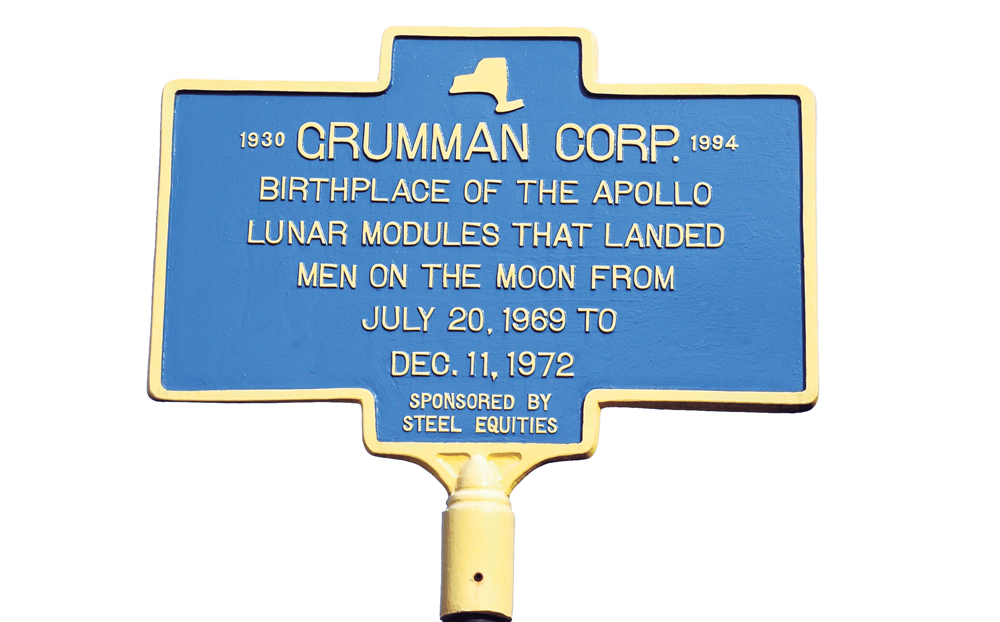
A Nassau County Supreme Court Judge handed down a decision last week that clears the way for plaintiffs to continue their action against the Town of Oyster Bay for injuries caused by the Grumman toxic plume emanating from the town’s properties.
According to environmental studies conducted at the Northorp Grummun site in Bethpage, a combination of toxic contaminants, including trichloroethylene (TCE), tetrachloroethylene (PERC), and other volatile organic compounds (VOCs), as well as polychlorinated biphenyls (PCBs), arsenic, cadmium, chromium, lead, and mercury, have been released into the ground in the Town of Bethpage Park.
Alarmingly, due to the chemicals’ extreme volatility, the contaminants are migrating up as vapors through the soil and into the residents’ yards, basements, and homes. Exposed families are at a risk of liver damage, kidney damage, cardiovascular damage, impaired immune system function, bladder cancer, non-Hodgkin lymphoma, renal cell carcinoma, as well as other illnesses and cancers. Pregnant women are especially at risk, as ingestion could impair fetal development.
The court agreed with the petitioners’ motion to allow the case to go forward with their suit against the town regardless of when they were injured. This decision is good news for individuals who were injured years ago by toxic pollutants, but only recently discovered the presence of these pollutants in their homes or property. Exposure to these chemicals could potentially lead to a host of dire health problems, including liver damage, kidney damage, cardiovascular damage, impaired immune system function, as well as other illnesses and cancers.
The Nassau Judge stated that the “federally required commencement date” under the Comprehensive Environmental Response, Compensation, and Liability Act of 1980 (CERCLA) preempts the five-year statute of limitation period for personal injury claims in New York. Under these statutes, plaintiffs were required to bring these claims either within three years of discovery of the injury on which the claim is based (or within three years of the date the injury should have been discovered); or within one year of discovering the cause of the injury.
The petitioners’ argued that because the CERCLA commencement date preempts the five-year limitation between discovery of injury and discovery of cause of injury, the accrual date for all of petitioners’ claims was timely. As a result, diseases that arose years ago will be allowed to be pursued now as the connection to the toxic plumes is coming to light.
“Grumman and the Town of Oyster Bay has a responsibility to the community,” said environmental attorney Thomas W. Raleigh. “And we intend to make sure that they are held accountable for the contamination their operations caused for so many years.”
Napoli Shkolnik PLLC filed a class action lawsuit against Northrop Grumman Corporation and Northrop Grumman Systems Corporation seeking damages for personal injury and property damage claims, as well as punitive damages last fall.





























